Celestite, also known as celestine, is a delicate and beautiful mineral celebrated for its ethereal blue color, although it can also be found in white, red, and even colorless varieties. Named after the Latin word “caelestis,” meaning “heavenly,” celestite lives up to its celestial namesake. Composed of strontium sulfate (SrSO4), celestite crystallizes in the orthorhombic system. It typically forms in sedimentary rock formations, often found alongside minerals like gypsum, anhydrite, and halite. Celestite forms through the precipitation of strontium-rich waters in marine environments, where evaporative processes concentrate strontium sulfate. The mineral commonly occurs in well-formed tabular or prismatic crystals, which can be transparent to translucent. These crystals can grow to impressive sizes, with some specimens weighing hundreds of pounds. Besides crystals, celestite can also be found in fibrous, granular, or massive habits.
Celestite deposits are found worldwide, with some of the most significant sources being in Madagascar, the United States, Canada, and Italy. Madagascar is renowned for producing some of the finest blue celestite crystals, particularly from the Sakoany deposit, which are highly sought after by collectors due to their clarity and vibrant color. In the United States, Ohio, Michigan, and New York have notable celestite deposits, often found in cavities within limestone and dolomite, forming attractive geodes. In Canada, the province of Ontario has several celestite-bearing locations, with the deposits on Manitoulin Island being particularly famous. Sicily in Italy is known for celestite crystals often associated with sulfur, formed through volcanic processes.
Celestite’s physical and chemical properties include its typical blue color, though it can also be white, grey, reddish, greenish, or colorless. It crystallizes in the orthorhombic system, has a hardness of 3 to 3.5 on the Mohs scale, a vitreous to pearly luster, and perfect cleavage in three directions, leading to the formation of rhombic fragments. The density of celestite is approximately 3.95 to 4.0 g/cm³, and its refractive index ranges from 1.619 to 1.622.
Celestite has both industrial and decorative uses. Its primary industrial application is in the production of strontium compounds, which are used in various technologies. Strontium carbonate, derived from celestite, is utilized in the manufacturing of television screens, magnets, and fireworks, producing bright reds in pyrotechnics. Strontium nitrate is another key component in pyrotechnics and signal flares. Strontium ferrite is used to produce permanent magnets found in small motors and electronic devices.
In the realm of décor and metaphysics, celestite is highly prized. Due to their beauty and rarity, celestite crystals are popular among mineral collectors, and high-quality specimens are often displayed in museums and private collections. Celestite geodes and clusters are used as ornamental pieces in homes and offices. In crystal healing practices, celestite is believed to have calming and uplifting properties. It is often used to promote mental clarity, communication, and a sense of peace, and is claimed to aid in connecting with higher realms and angelic beings, aligning with its “heavenly” name.
Celestite’s history is intertwined with its industrial uses and metaphysical significance. It gained scientific attention in the late 18th century when it was first described by the German geologist Abraham Gottlob Werner in 1798. Its unique blue color made it a subject of interest for early mineralogists and collectors. Throughout history, various cultures have attributed spiritual significance to celestite. In modern times, it has become a staple in new-age practices and crystal healing, often used in meditations and energy work.
The mining of celestite is relatively straightforward due to its occurrence in sedimentary environments. Open-pit mining is the most common method, particularly when celestite is found in geodes or large deposits. Once extracted, the mineral undergoes minimal processing—typically cleaning and sometimes cutting—before being sold as specimens or crushed for industrial use. The extraction of celestite has both economic and environmental implications. Economically, celestite mining provides jobs and supports local industries, particularly in rural areas. The mineral’s role in manufacturing and technology makes it a valuable commodity on the global market. However, like all mining activities, celestite extraction can have environmental impacts, including habitat disruption, soil erosion, and the potential for water contamination. Responsible mining practices and environmental regulations are essential to mitigate these effects and ensure sustainable operations.
Recent research has focused on the potential applications of strontium derived from celestite in various fields. For instance, strontium isotopes are used in geological dating and tracing the origins of archaeological artifacts. Advances in material science also explore strontium’s role in developing new, more efficient types of permanent magnets and electronic components. Celestite has also found a place in popular culture, often associated with its metaphysical properties. It appears in literature, art, and even video games as a symbol of tranquility, spirituality, and connection to the divine. Its striking appearance makes it a popular choice for jewelry, although its softness requires careful handling.
Prehistoric 101 (Learn about fossils, minerals, and meteorites)
What is Celestite:

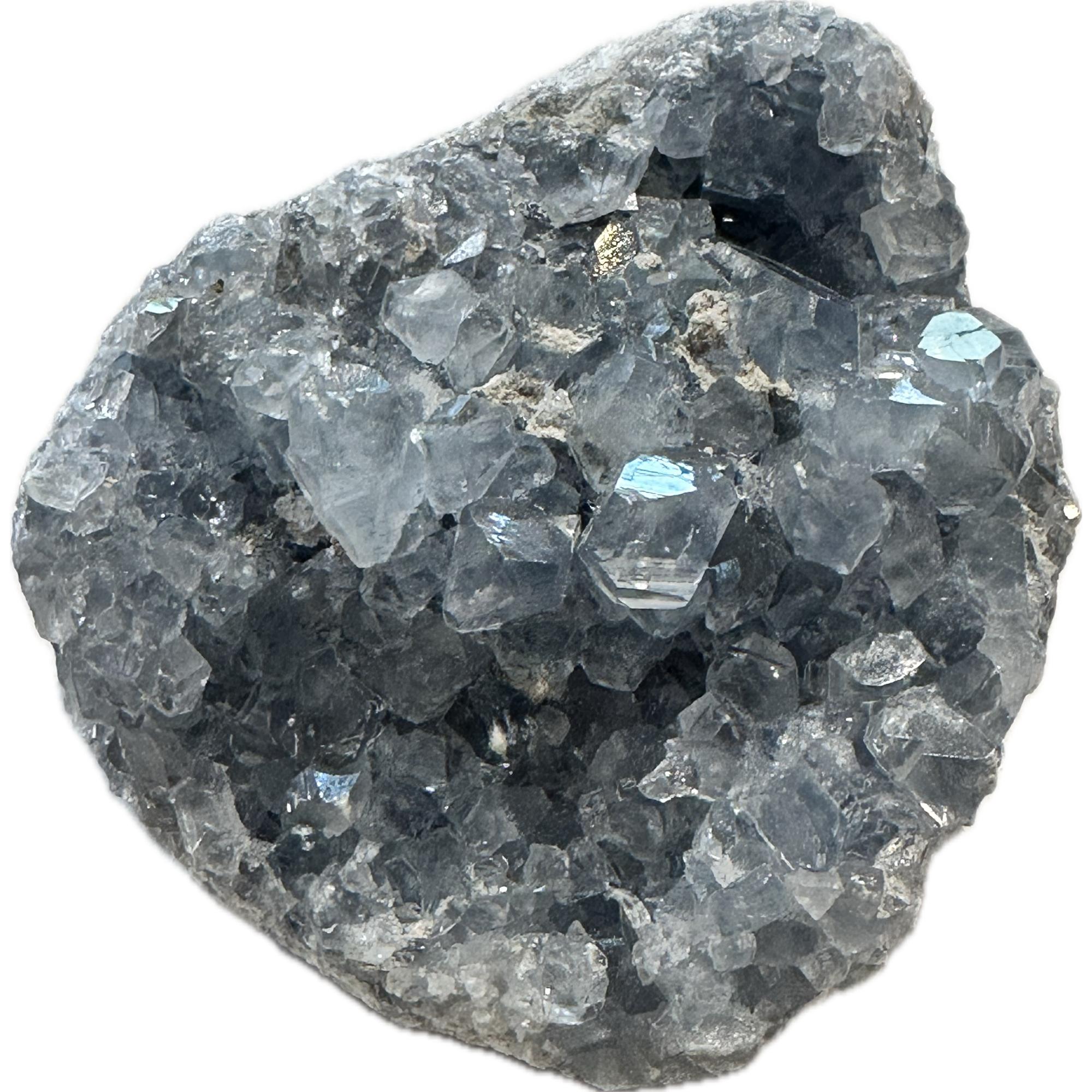
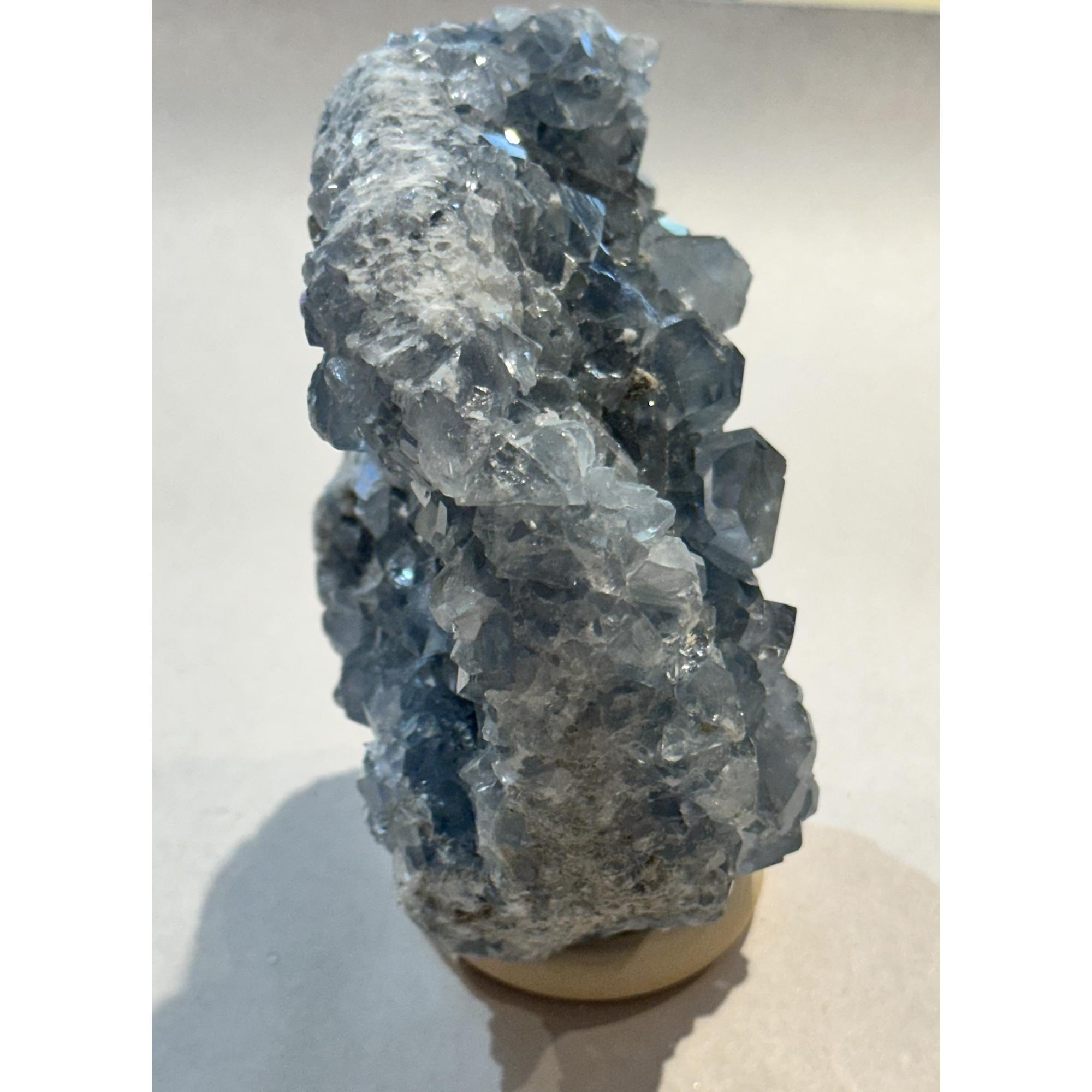
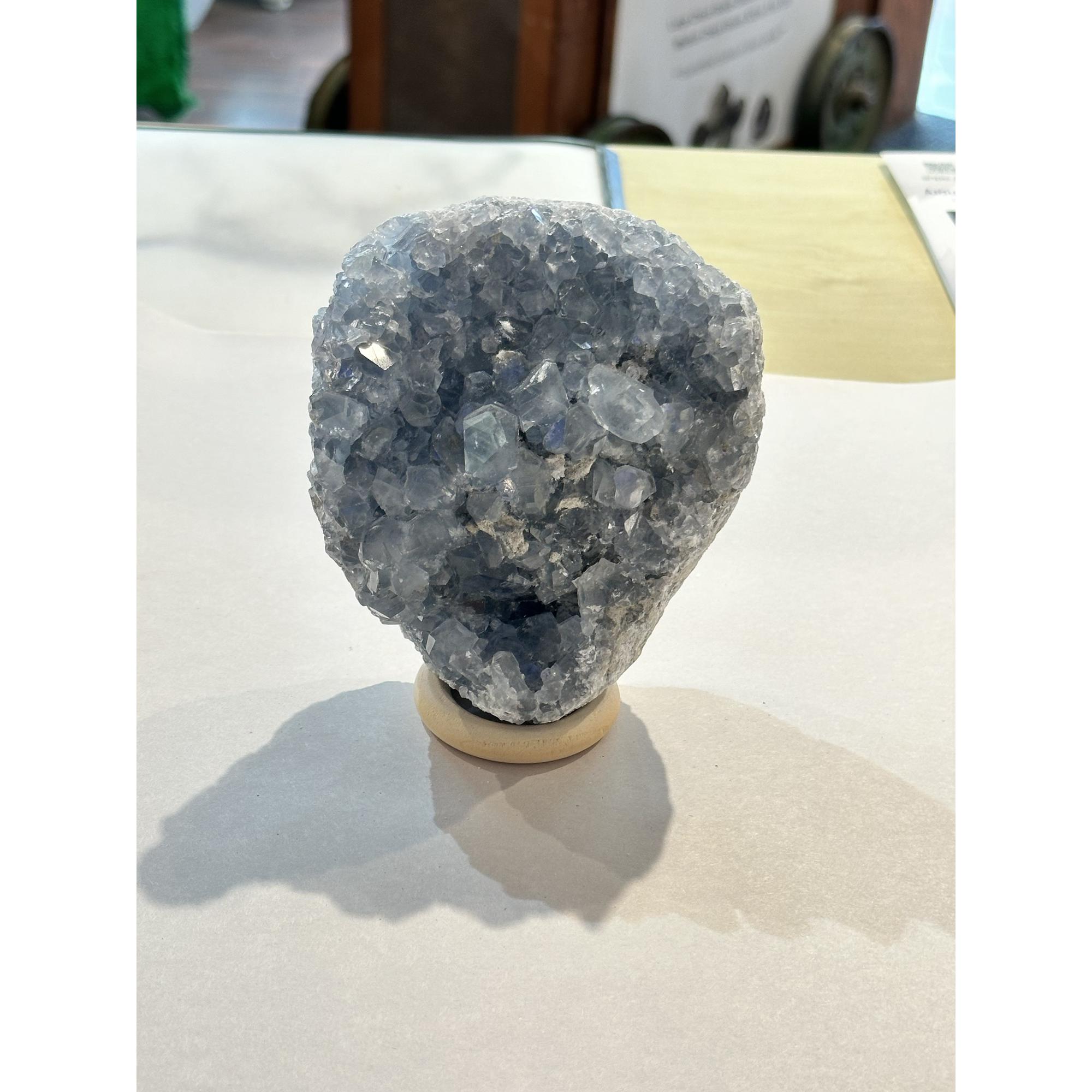
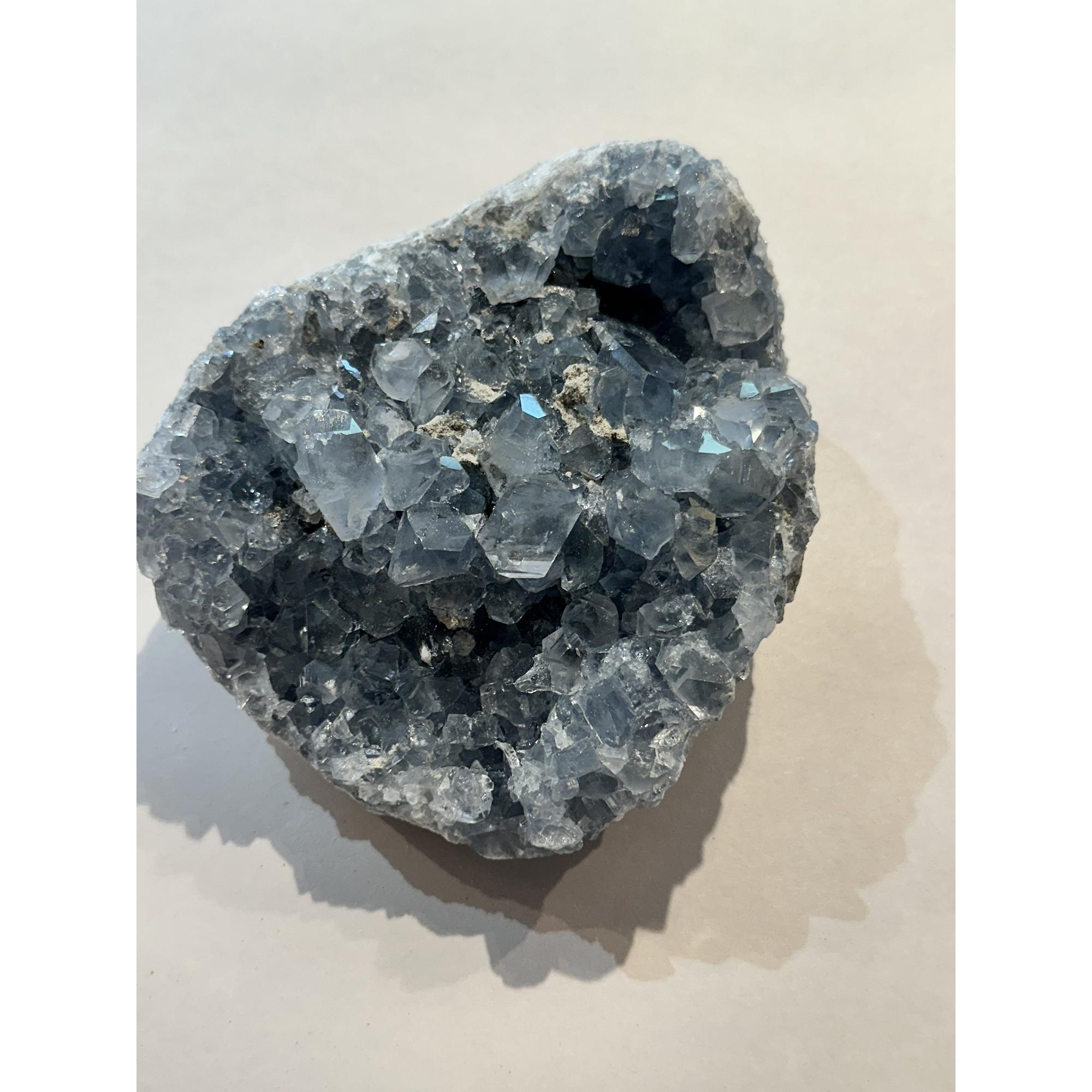
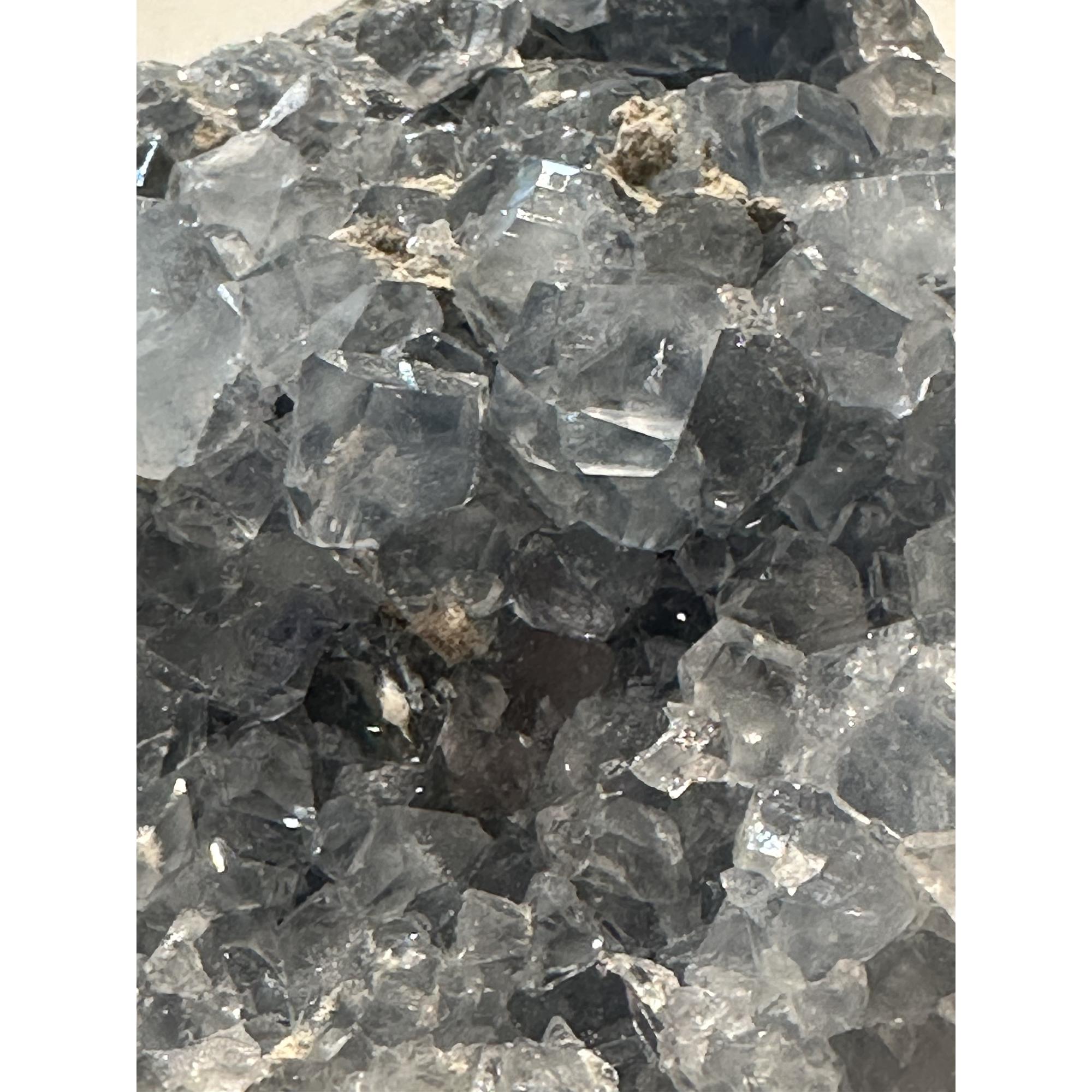
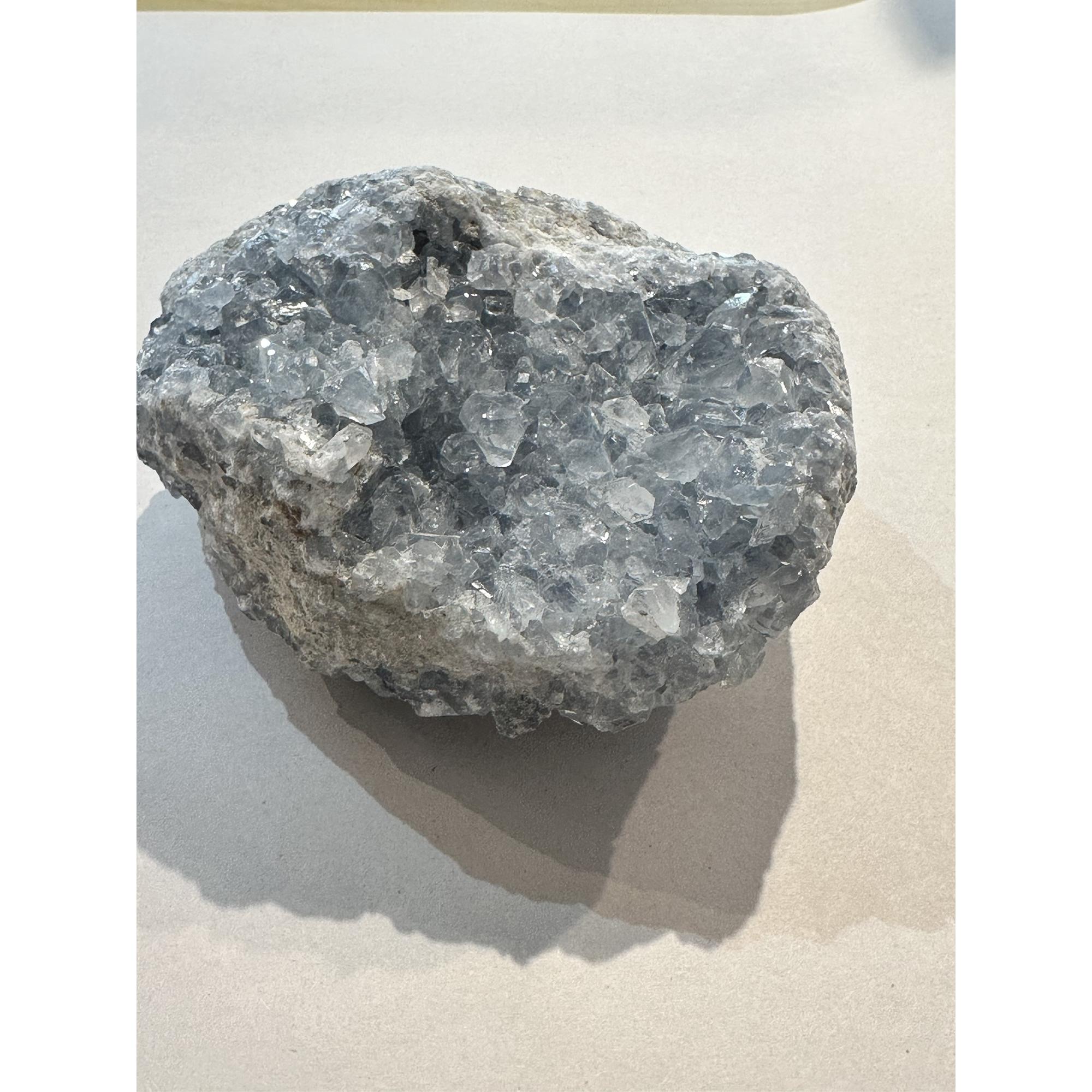
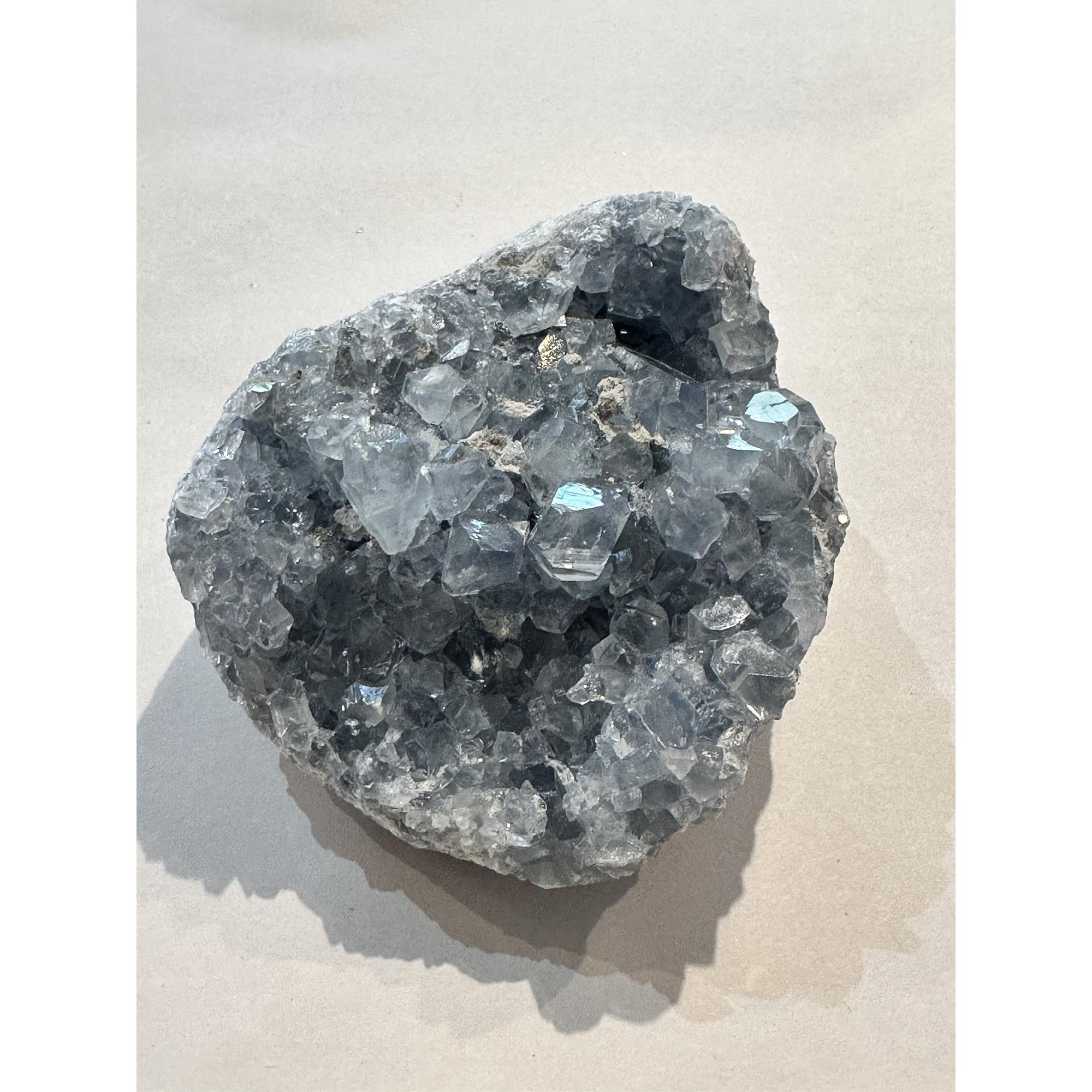
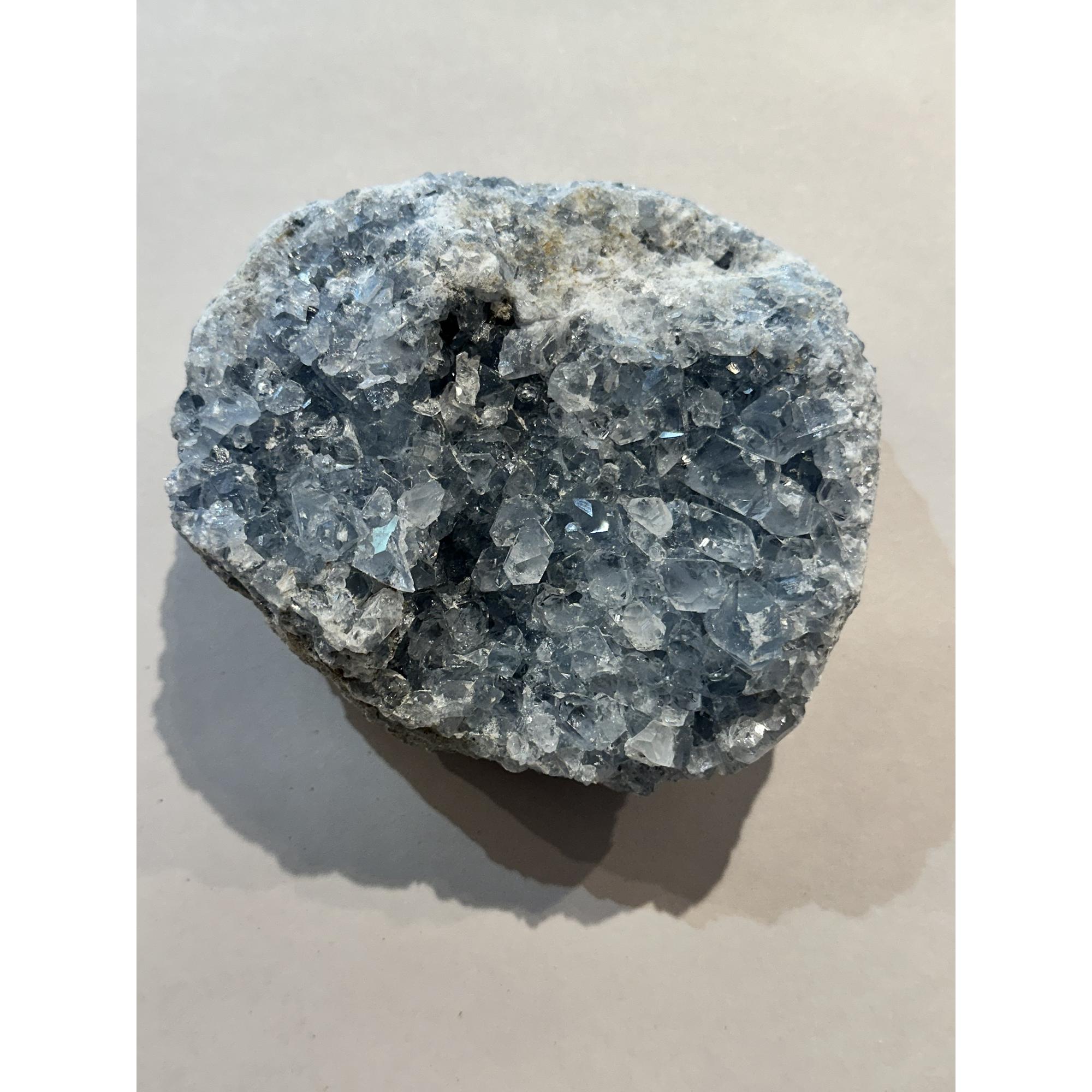
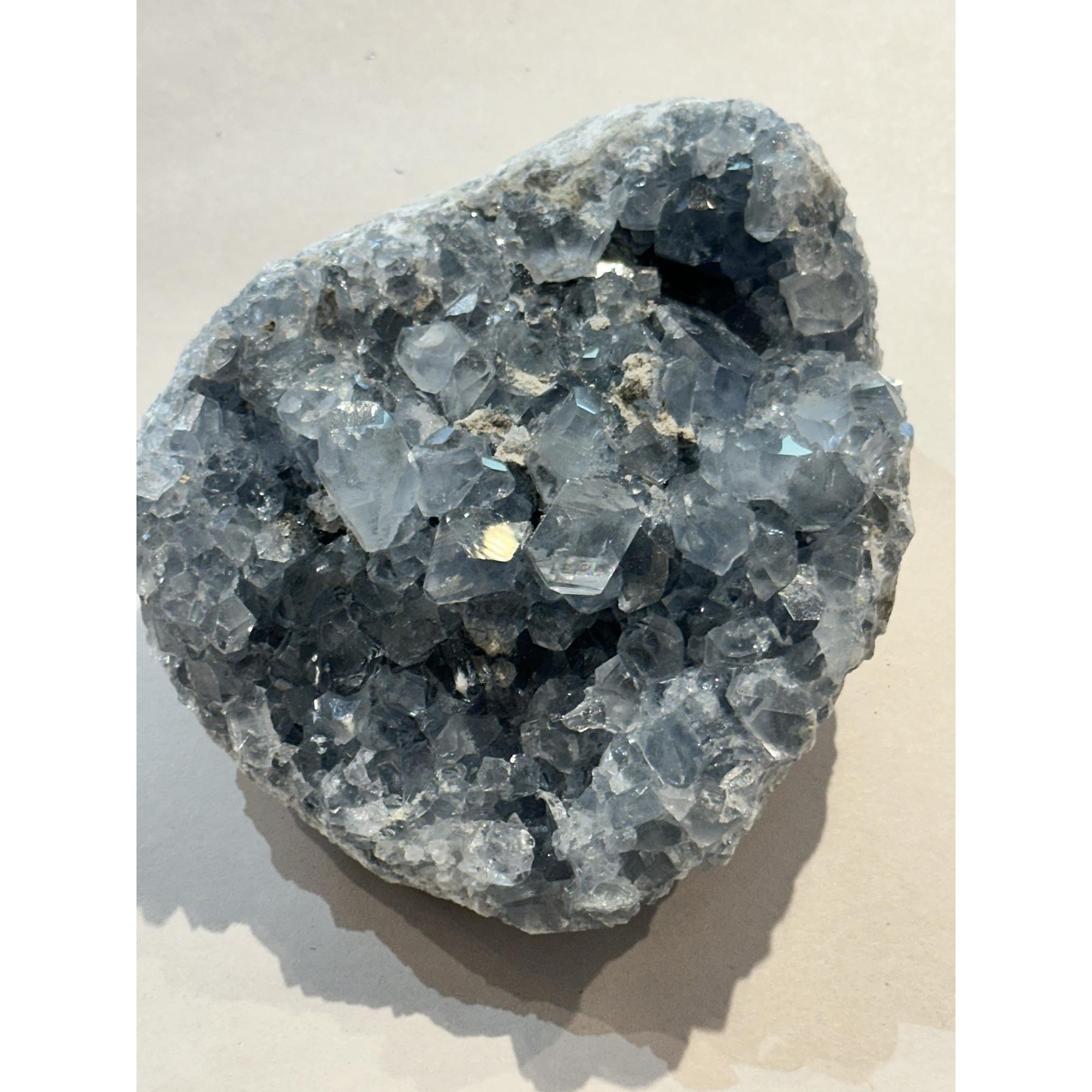
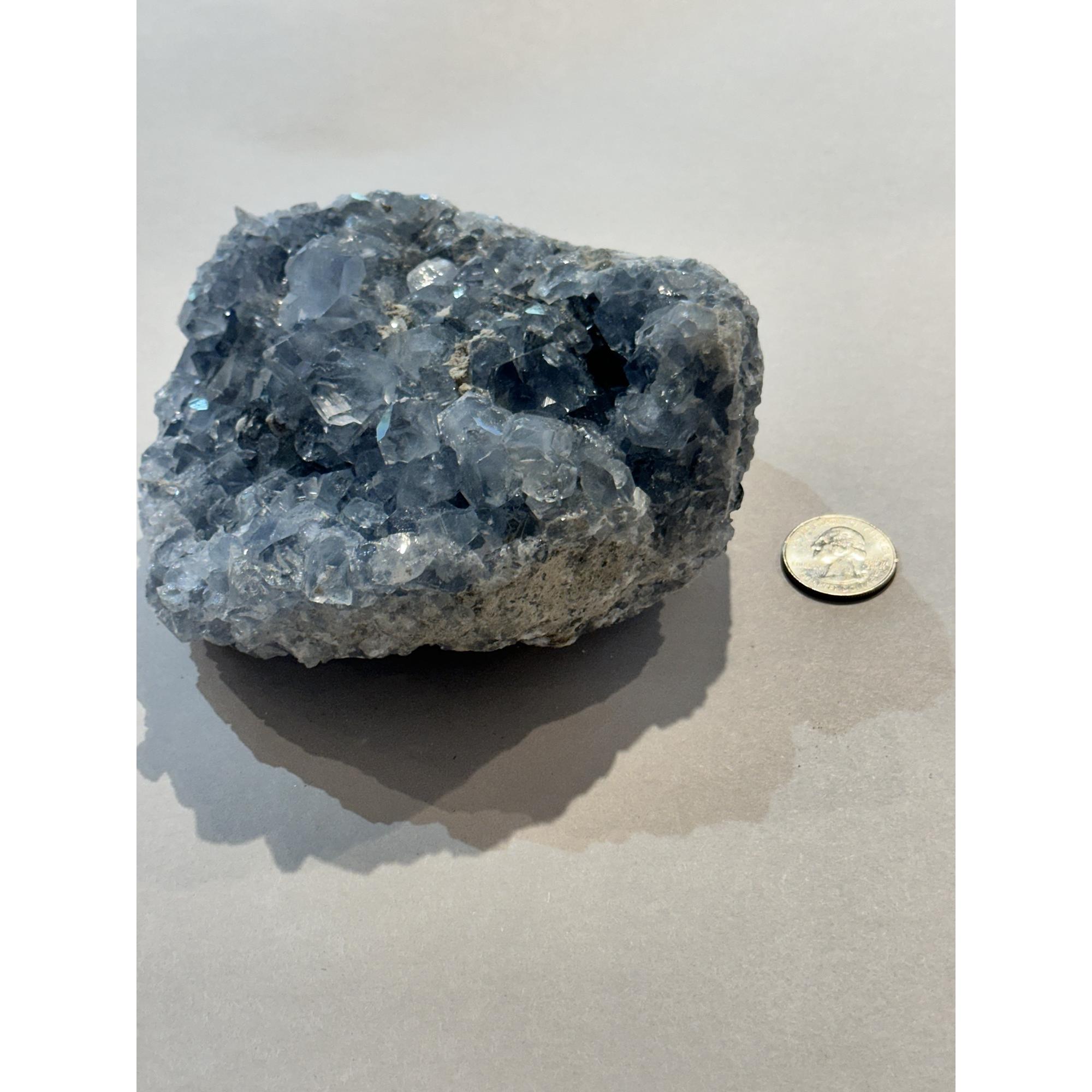
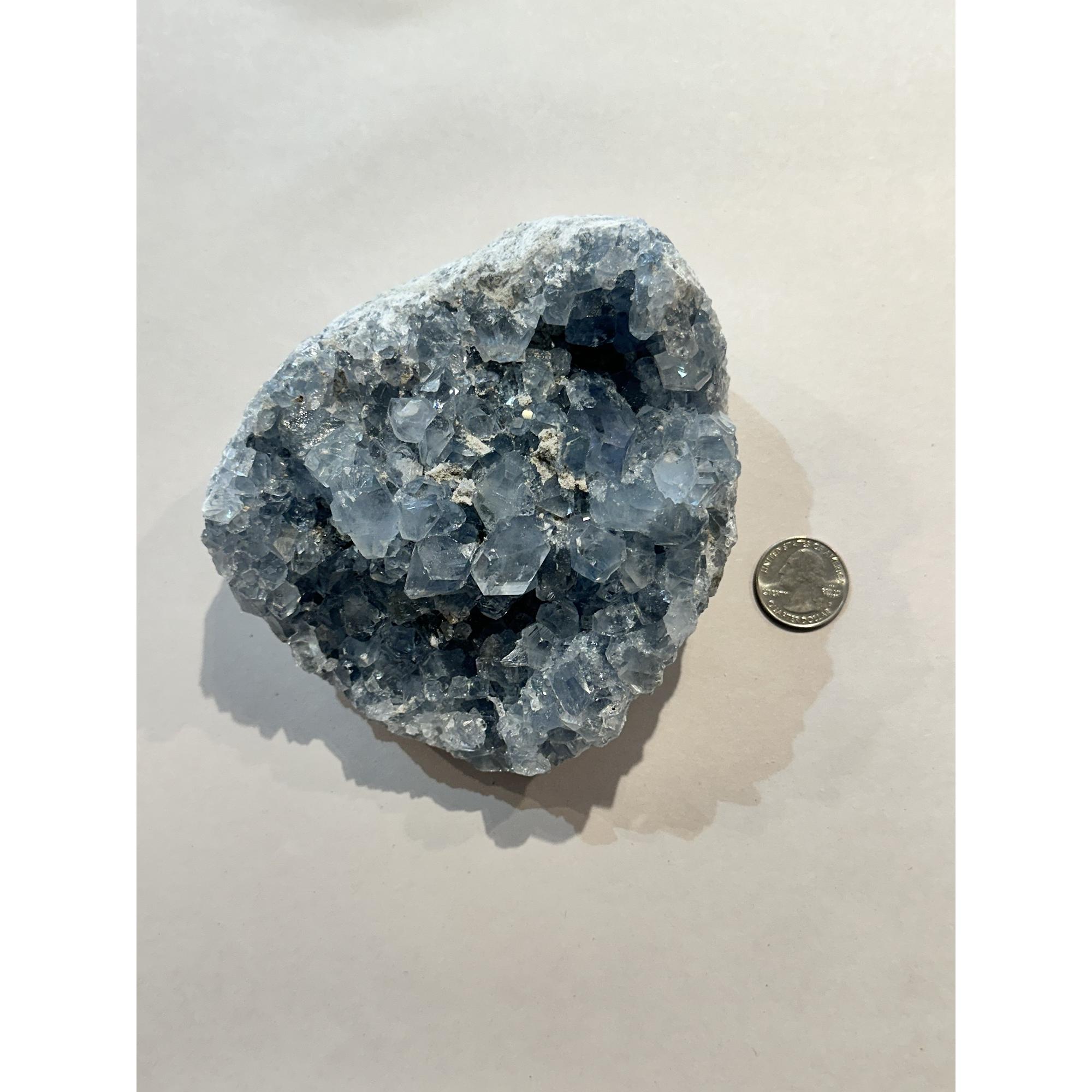
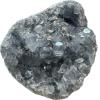
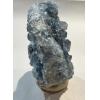
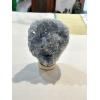
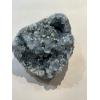
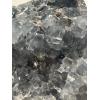
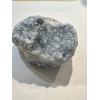
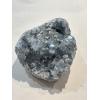
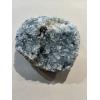
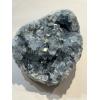
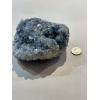
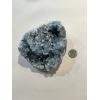
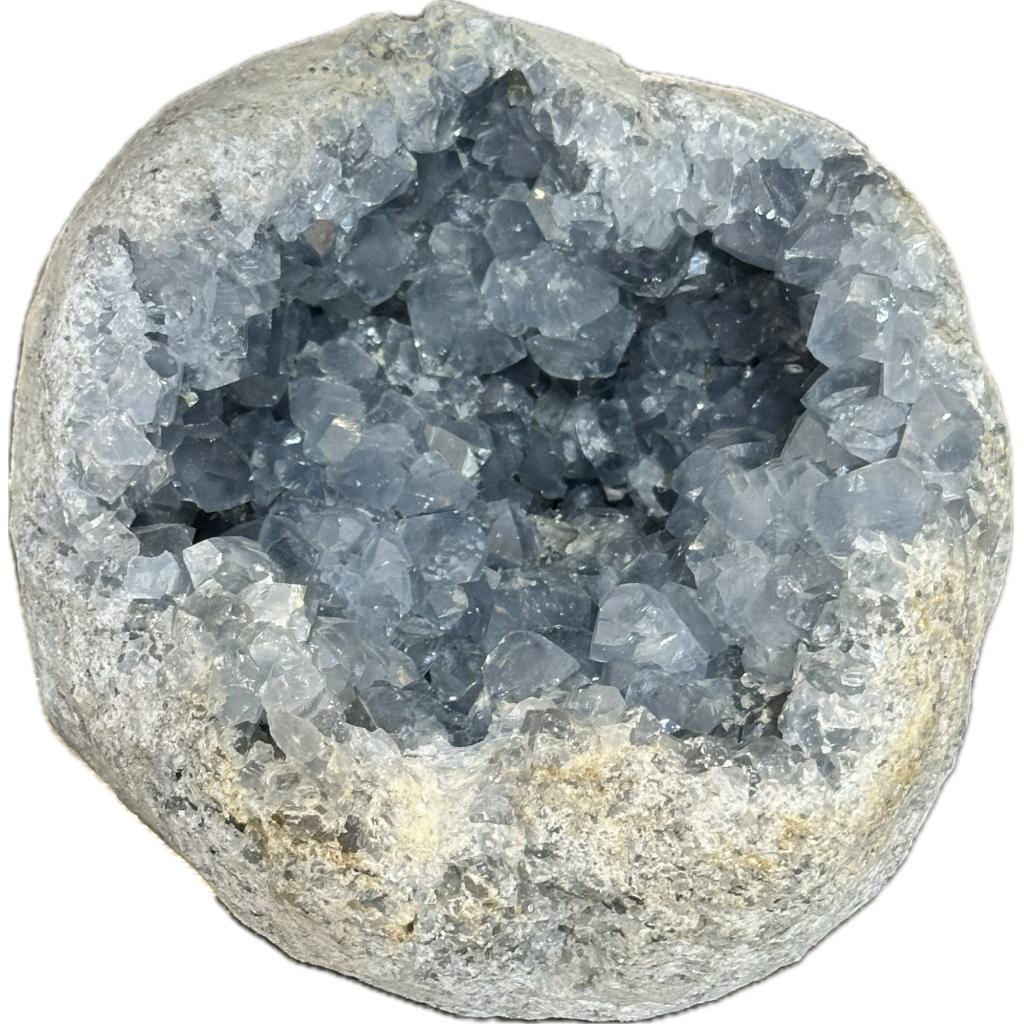
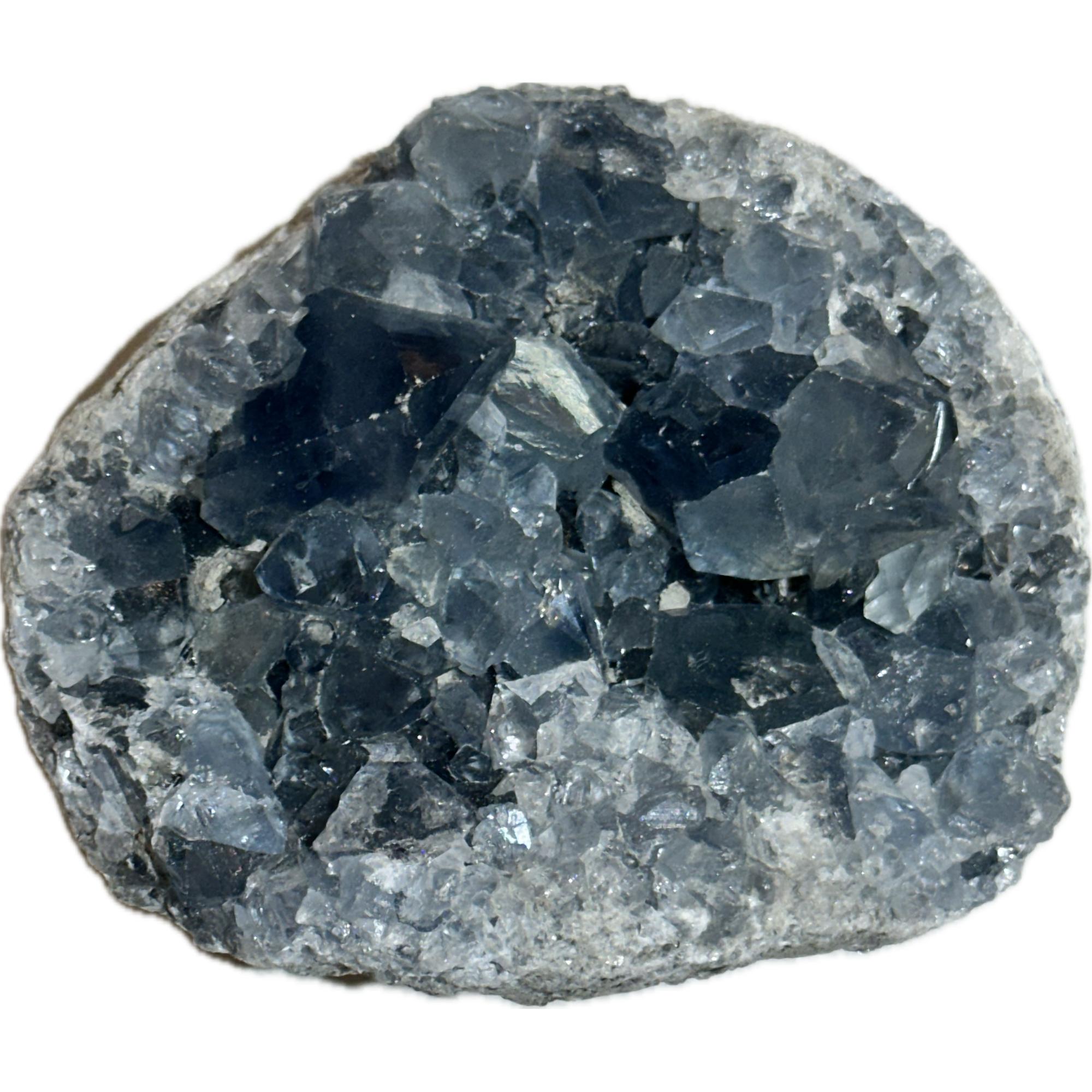

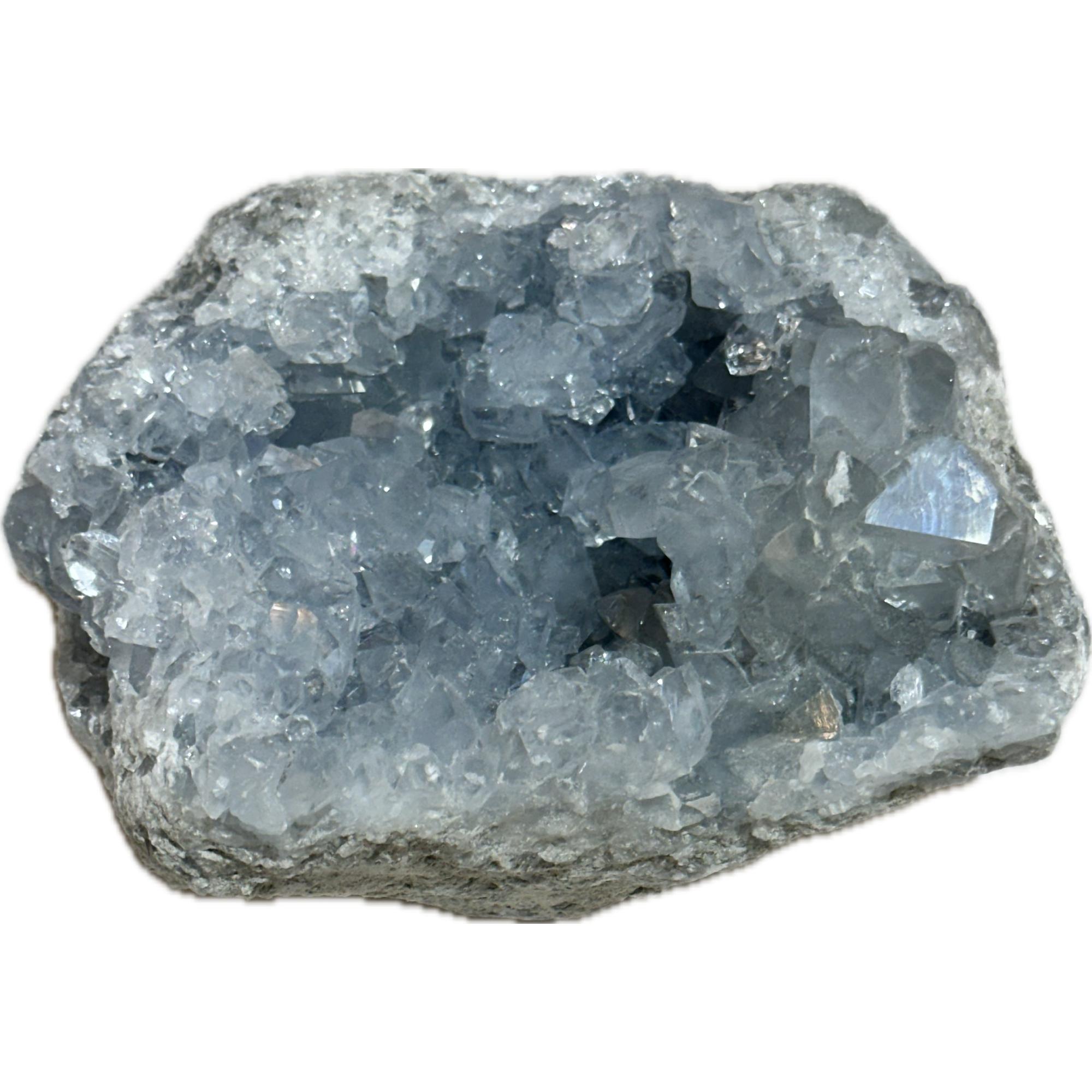
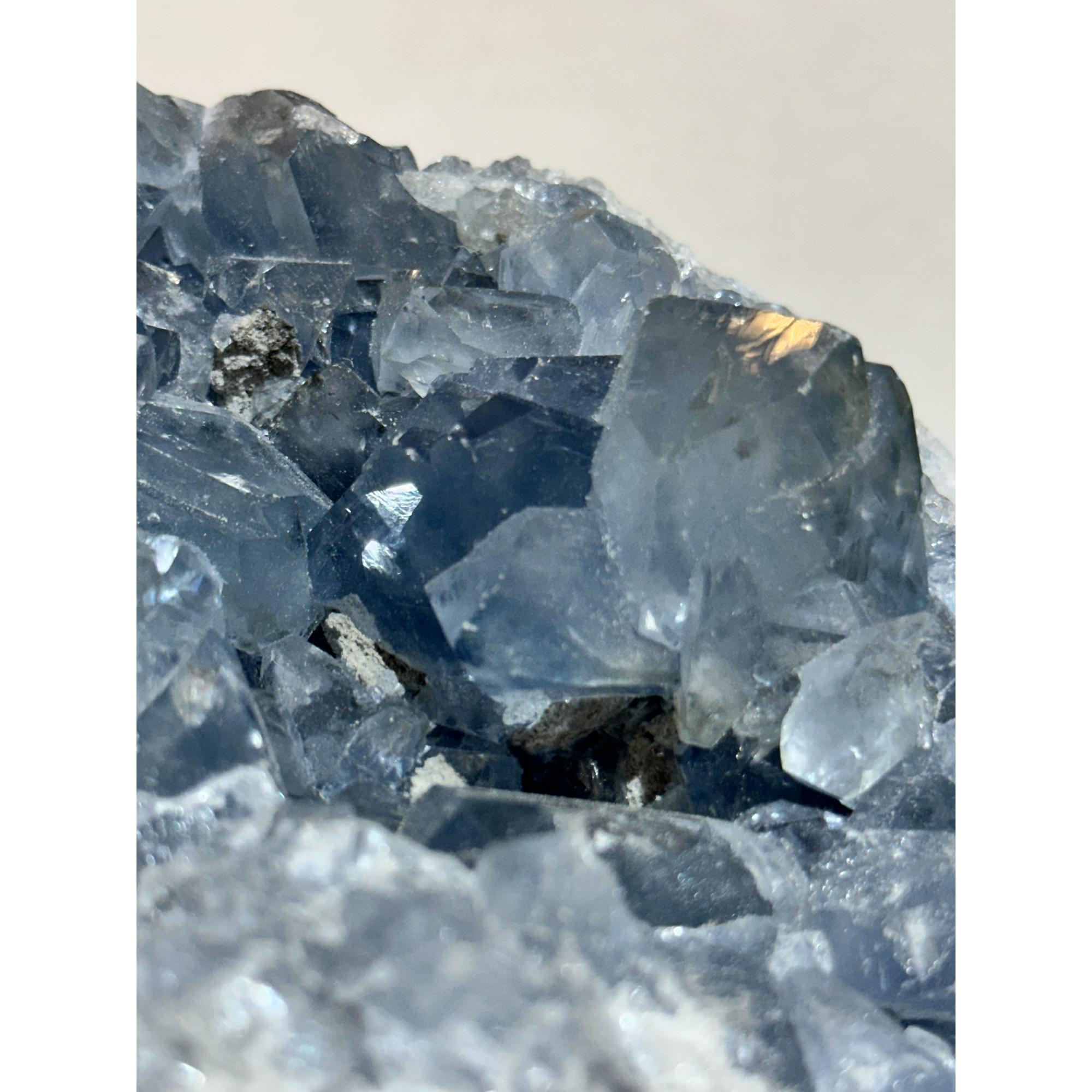
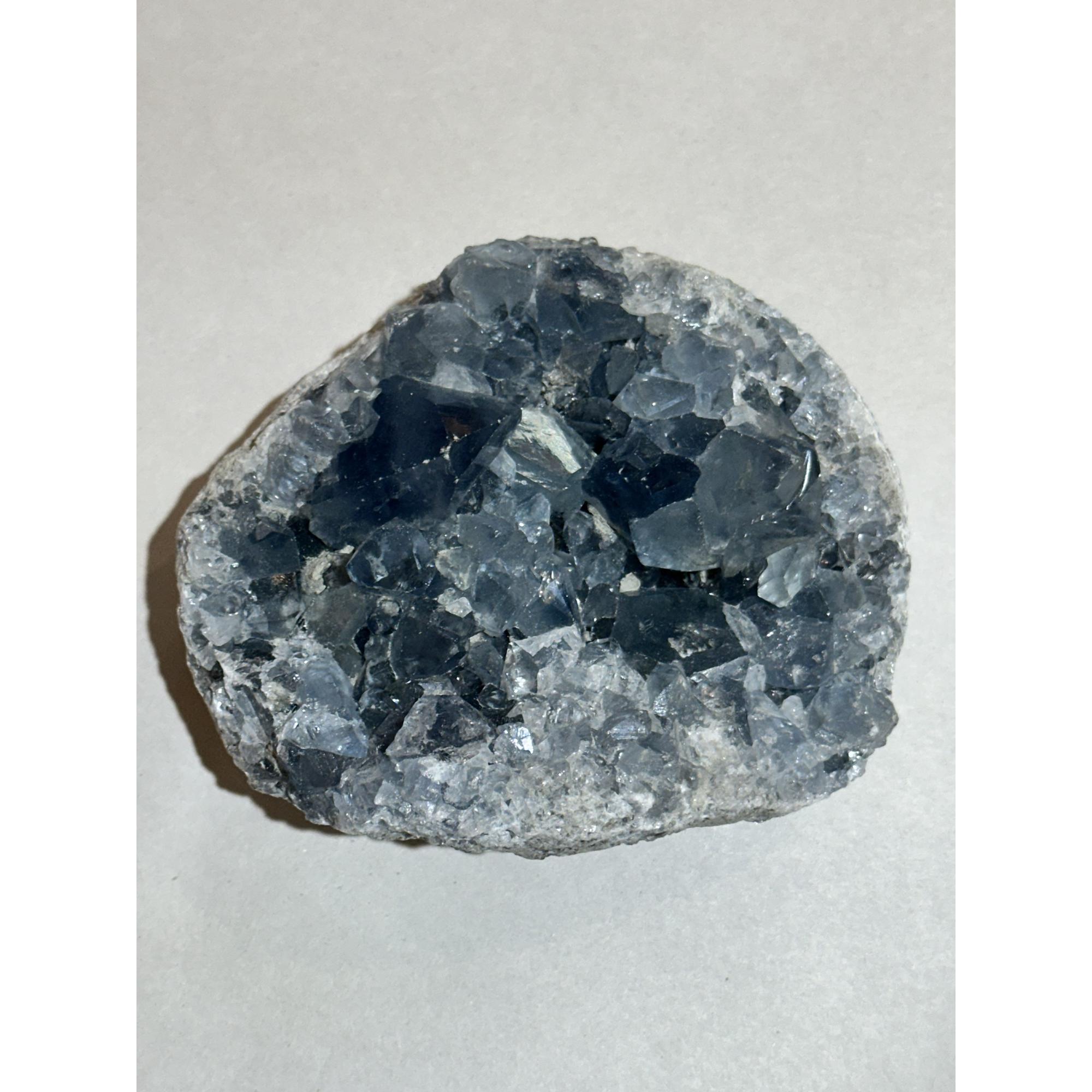
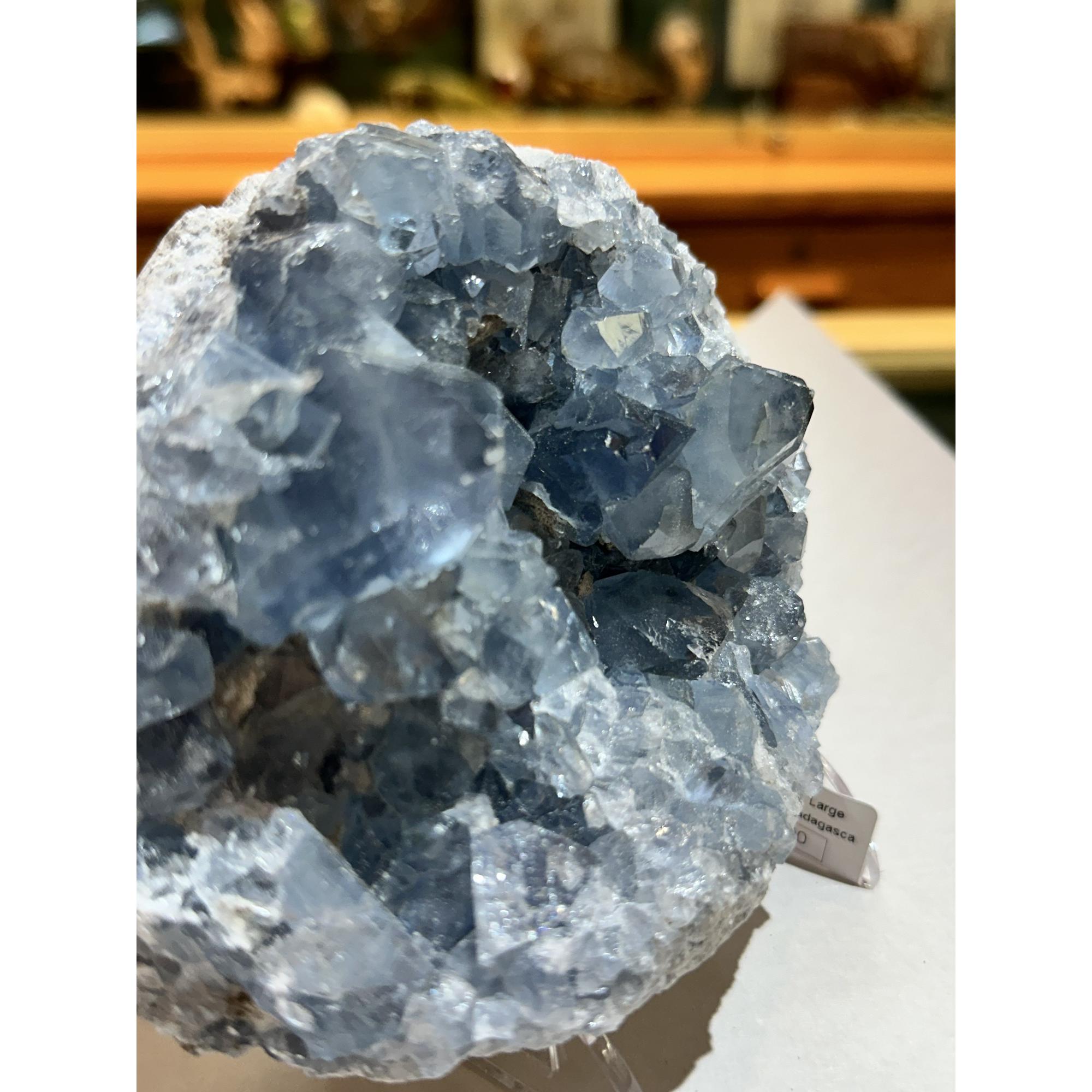
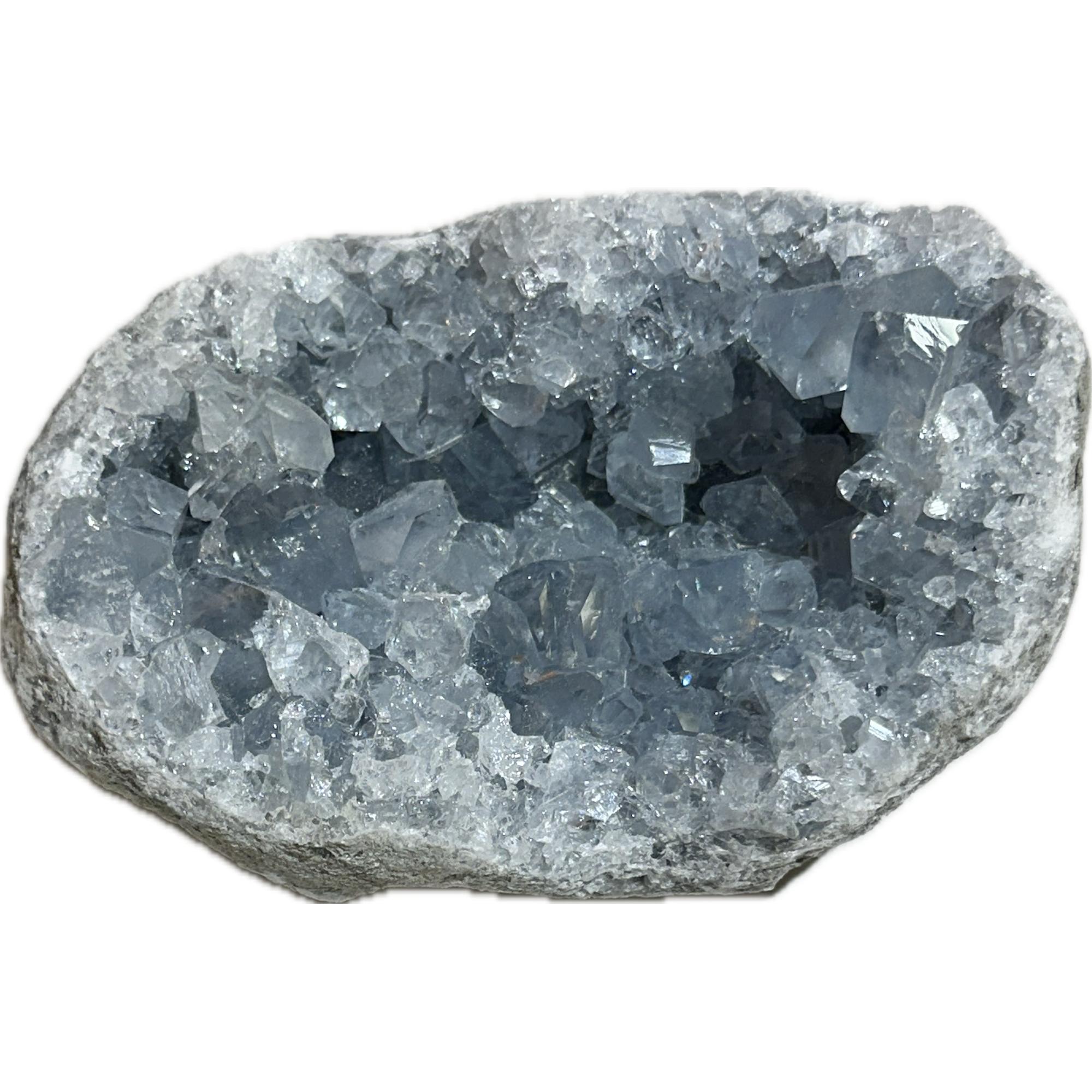
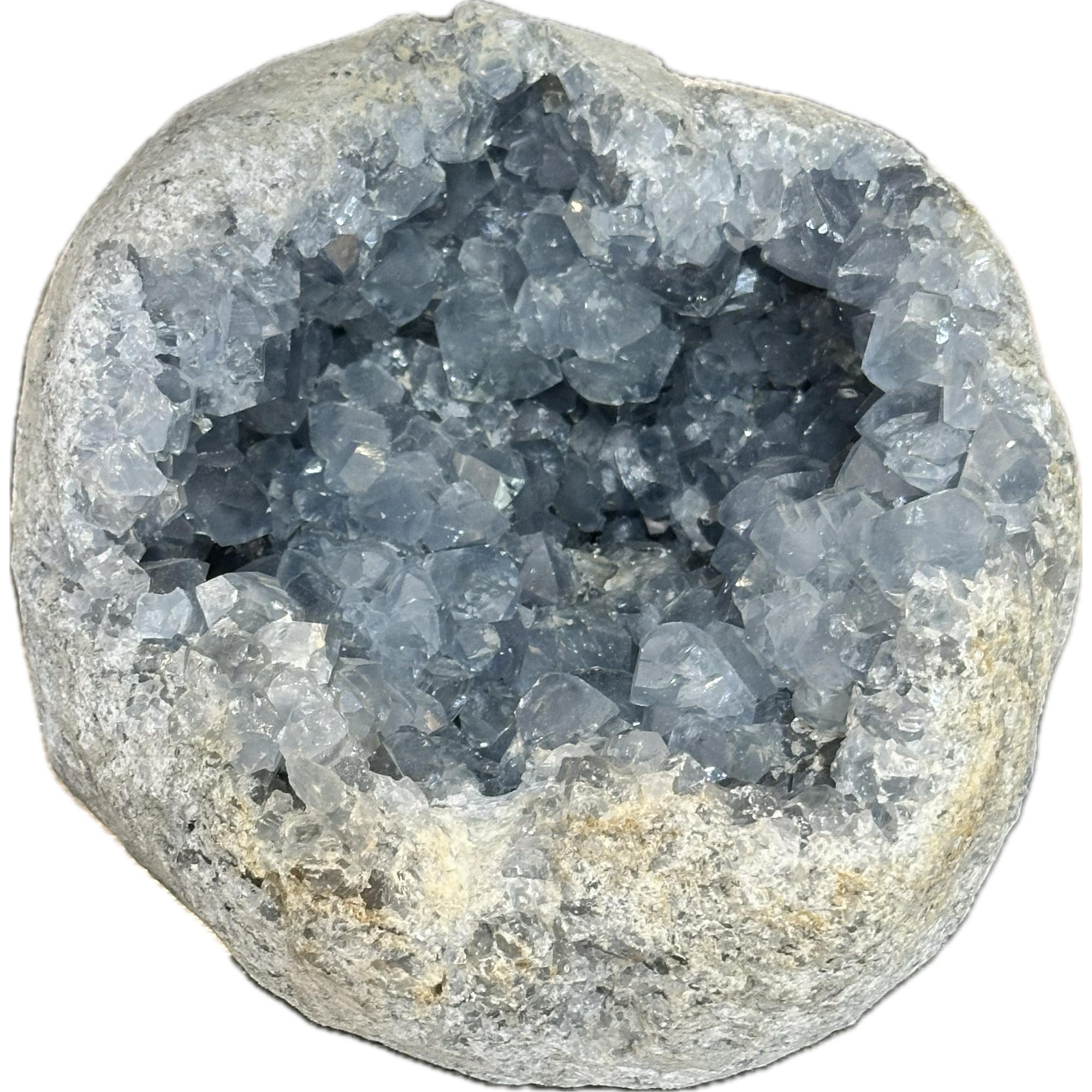
Reviews
There are no reviews yet.